White willow: description and cultivation features
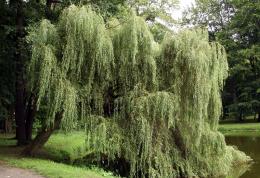
White willow is a decorative garden tree. Popularly called at the same time a symbol of sadness and beauty, due to the presence of useful substances, it has effective medicinal properties.
Content:
Description of the species
White willow is popularly called silver willow, broom or willow, and belongs to the willow family. The distribution area of the species occupies the middle zone of the European part of Russia. The frost-resistant crop tolerates harsh climates with temperatures down to minus 35 degrees. The tent-shaped form of trees very often takes on a spreading form. Reaches a height of 20 to 30 meters.
The powerful trunk, sometimes forked, is covered with fissured dark gray bark. The shoots of a young tree are olive-green or red-brown in color, silvery at the ends. Mature trees have yellow or red-brown, bare-looking shoots. Lanceolate buds are flattened, sharp in shape, red-yellow in color, up to 6 mm. Leaves with pointed tips, 5 to 15 cm long.
When blooming they are green, silvery-silky on the reverse side. In autumn, the leaves change color to yellow-bronze.
When the wind blows, the willow leaves turn their backs, giving the tree a white color. Flowering occurs in April-May. Small greenish-yellow flowers are connected in earring racemes and reach a length of 3-5 cm.Small box-shaped fruits ripen from the end of May and are distributed a month later seeds wind over long distances.
A well-developed root system of lateral roots goes deep into the ground up to 3 meters. In nature, white willow can grow for more than 100 years. The characteristics of the species with high rates of longevity classify the culture as one of the most worthy representatives of the willow family.
Features of cultivation
This unpretentious plant is found almost everywhere in nature. The choice of willow planting site is determined based on the characteristics of the area. Willow is not particularly demanding on soil; it can grow in any area, even on crushed stone. However, sandy-silty sediments are the most optimal for it.
It mainly grows in damp places, located near rivers, lakes, ponds, ditches, and on the edges of damp forests. It also gets along well in urban environments. Good lighting, sun and light partial shade helps trees develop and grow better. Places near groundwater are recommended for planting willow.
Landing
The time for planting is chosen in the spring before the buds open, or in the autumn - after the leaves fall. Seedlings are selected one year old with developed roots, without defects and dry shoots.
Subsequence landings:
- A hole is dug with a diameter and depth of the same size - 50 cm
- A nutrient mixture of peat, compost and soil is poured into the bottom, with the addition of 200 grams of azofoska. For heavy soil, especially clayey soil, add drainage with a 10-15 cm layer of crushed stone or sand.
- A seedling is lowered into the middle of the hole and covered with soil with the roots evenly distributed
- The soil around the tree is compacted and watered with water at the rate of 2 buckets of water per 1 seedling.
- Mulching with sawdust or tree chips is carried out
Proper care of willow
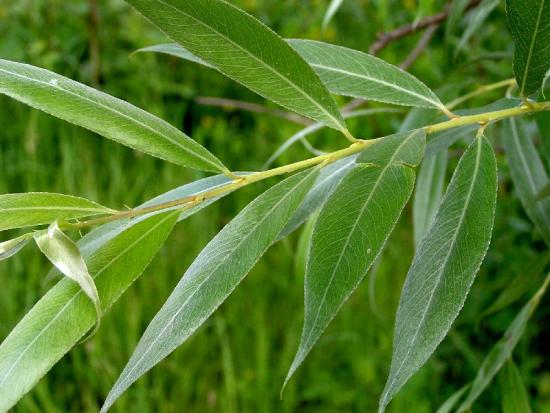
Full development and you depends on quality and regular care. During the first period after planting, trees require special attention and the implementation of all basic growing procedures. The moisture-loving willow requires frequent watering and periodic spraying. Watering the plants after planting is carried out once a week in the morning or evening. From 2 to 4 buckets of water are poured onto the crown or under the root of the seedling.
In dry times, the procedure should be doubled, with constant spraying of the crowns of the seedlings. In the first years, young seedlings grow in height from 1 to 3 meters. Fertilizing helps preserve the decorative qualities of willow and saturates the soil with useful nutrients, which lead to abundant flowering. Complex fertilizers are applied after slight loosening throughout the season.
During 1 season, 2-3 feedings are carried out, the last one should be done in July. From mid-August, potassium sulfate and superphosphate are added to the soil. Fallen leaves, due to the tannin content they contain, should not be left under the tree. The formation of the crown is carried out in order to give the plants a beautiful decorative appearance, as well as for sanitary treatment.
The first pruning after 2-3 years is done when the shoots reach a length of 1 meter. The procedure begins after the trees bloom. Escapes are shortened by 20 cm above the nearest bud. Annual pruning of mature trees is to maintain the shape of the crown.
White willow on video:
Shortening branches by pruning promotes the formation of lateral shoots from the remaining buds, giving the crown a special lushness and density.Proper planting technology helps willow grow quickly and delight with its beautiful appearance. Carrying out all maintenance procedures, including timely pruning, helps maintain the original decorative appearance of trees.
Use in folk medicine
All parts of the plant are used in folk medicine. With the help of infusions, skin growths are perfectly removed and wounds heal quickly.
The healing properties of white willow help:
- relieve pain from injuries
- reduce elevated body temperature
- reduce inflammation in joints, respiratory tract, intestines
- relieve pain during a critical period of the menstrual cycle
- weight loss by normalizing carbohydrate metabolism
- relieve swelling from insect bites
- improve microcirculation of capillaries
- rejuvenate and improve skin condition
- stimulate cerebral circulation
- relieve acute headaches and migraines by lowering blood pressure
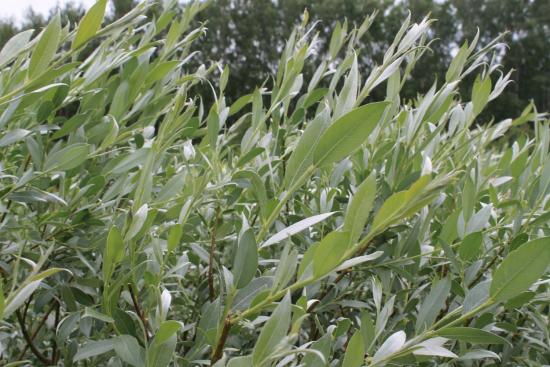
White willow has an antibiotic effect due to the presence of salicin, a plant alkaloid. The useful arsenal of active biological substances of the plant is widely used in medicinal purposes.


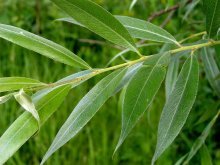

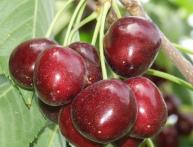

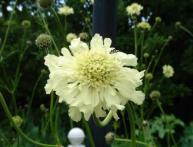
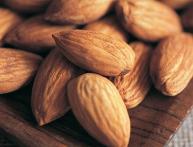
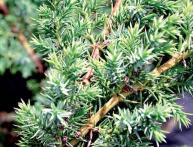
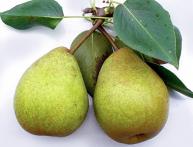
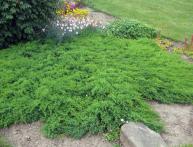
Comments
It is good to plant willow in a low-lying area of a park or garden that needs to be drained. Willow has the ability to gently drain swampy soil with its roots. However, it is better not to plant it in close proximity to other trees.